Genocide of the Armenians under the Ottoman Empire (PDF, new window)
The conditions created by the war provided the Turkish government with the long-awaited opportunity to settle their score with the Armenians… [The Turks] criticized their ancestors for not exterminating the Christian peoples or converting them to Islam when they subjugated them. Now… they felt that the time had come to make up for the failings of their 15th century ancestors.
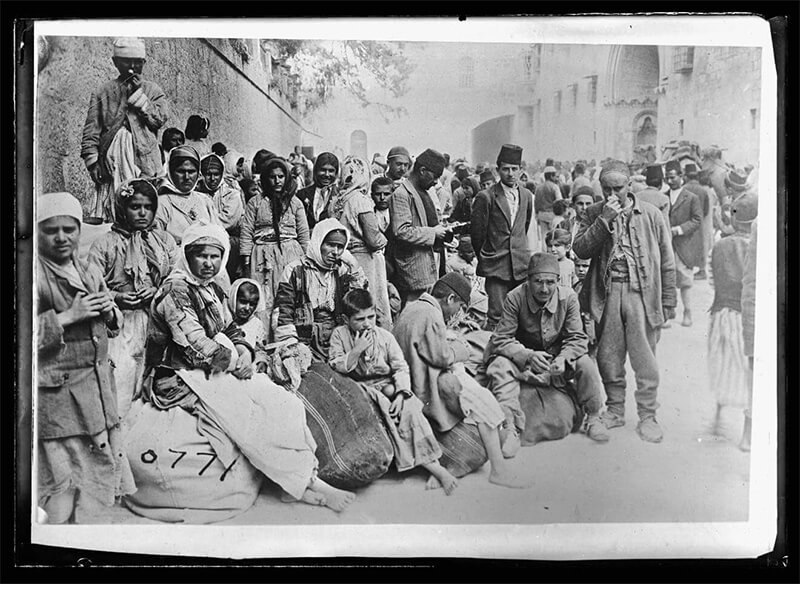
Image. Armenian refugees from remote provinces of Asia Minor, concentrated in Jerusalem, shortly after Easter 1918. They were fed and clothed by the Syria and Palestine Relief Fund with American donations. Credit: U.S. National Archives.
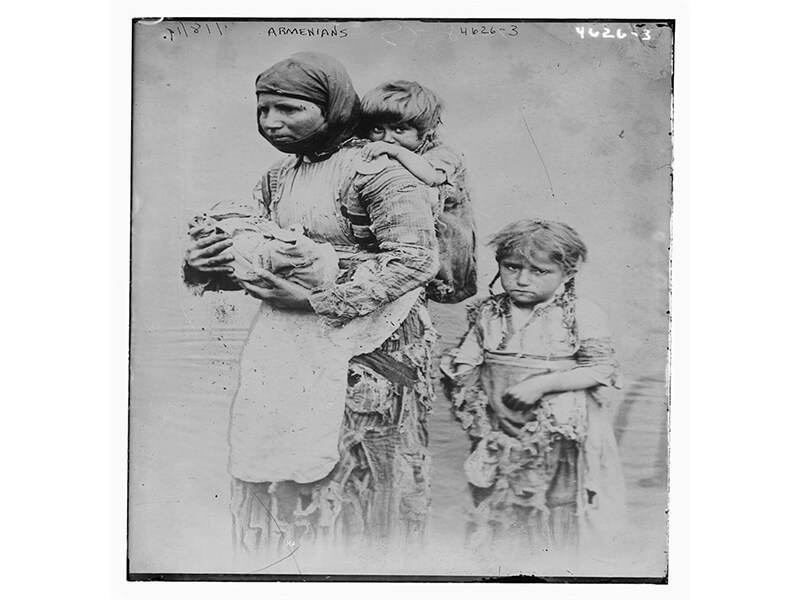
Image. Armenian widow with her children. In 1899, after her husband was murdered following the Armenian massacres of 1894-1896, the family walked from their home in the Geghi region to Kharpert (Harput) in eastern Anatolia, Turkey, seeking help from missionaries. Credit: U.S. National Archives.
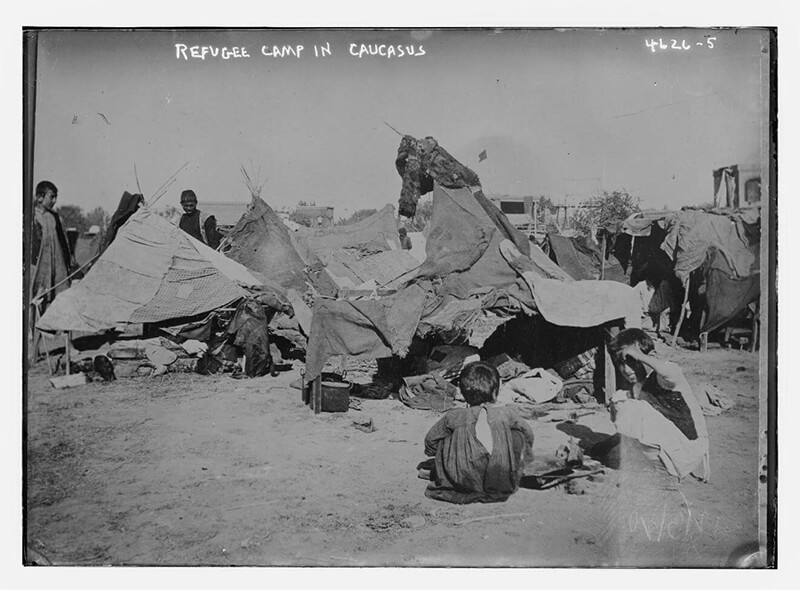
Image. Armenian refugee children in a refugee camp in the Caucasus, 1920. Credit: U.S. National Archives.
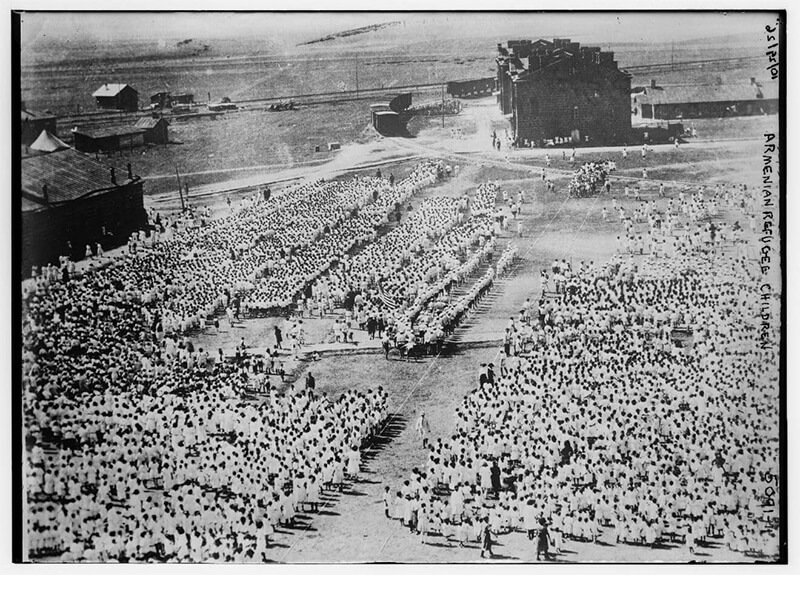
Image. Armenian orphans on the playground of the "Orphan City" in Alexandropol (now Gyumri), Armenia, 1919. Credit: U.S. National Archives.
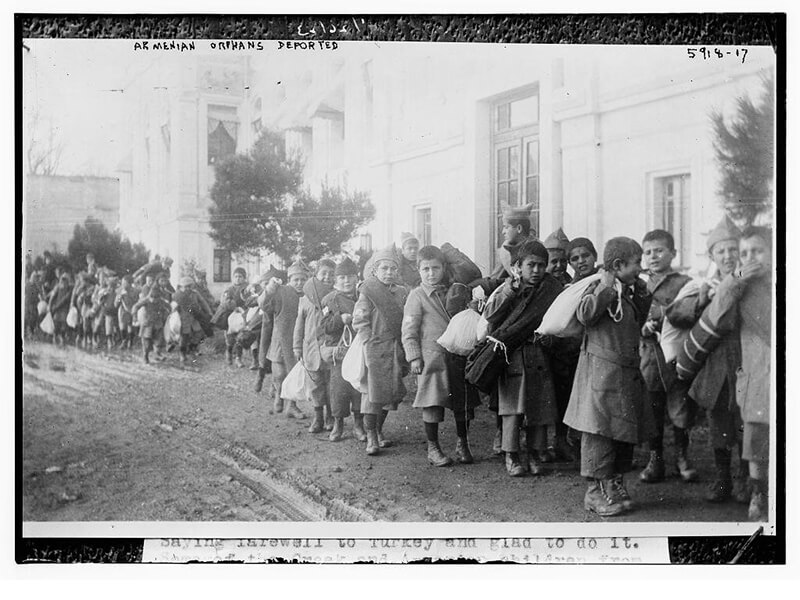
Image. Armenian orphans at the time of their deportation, 1920. Credit: U.S. National Archives